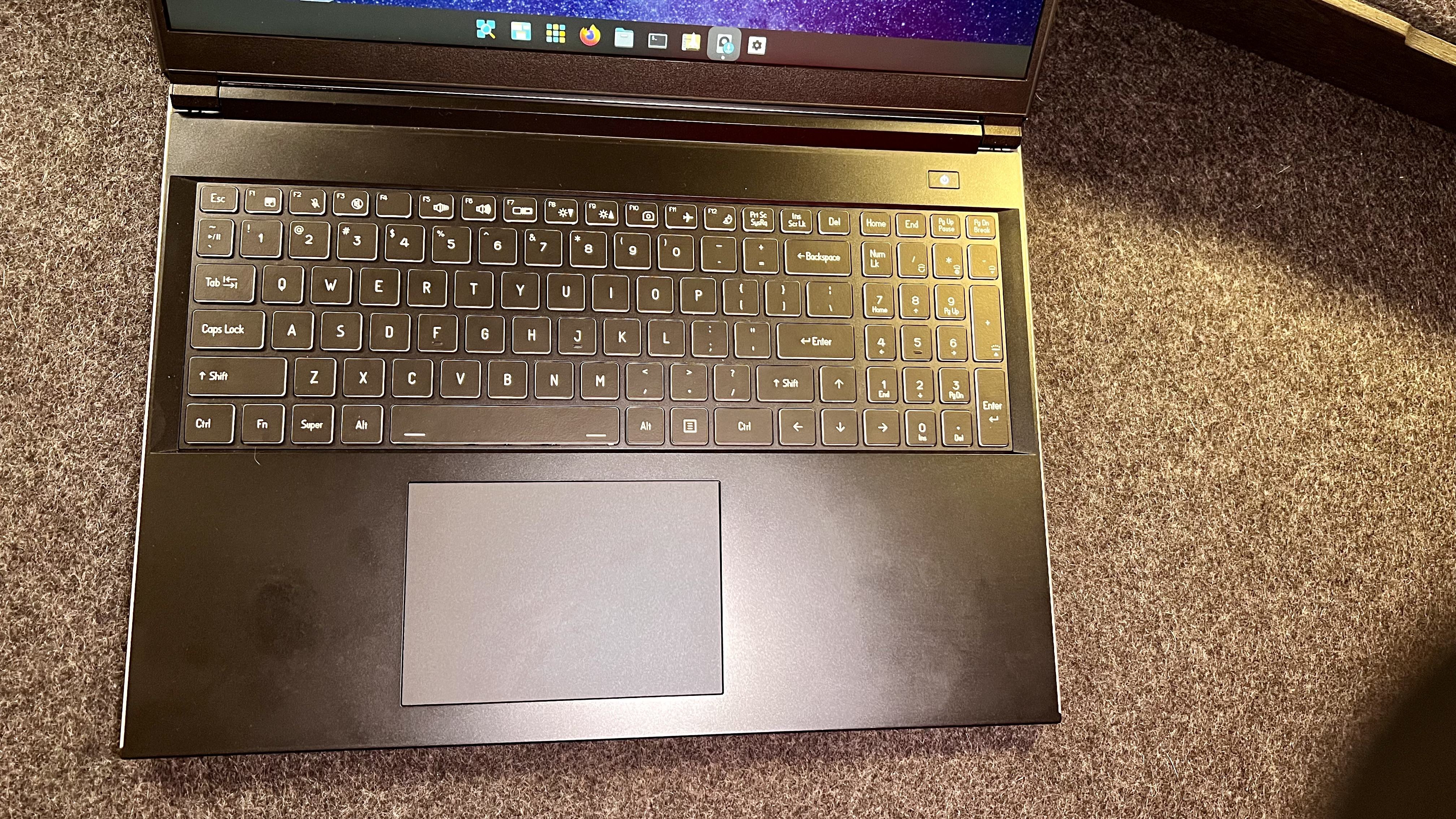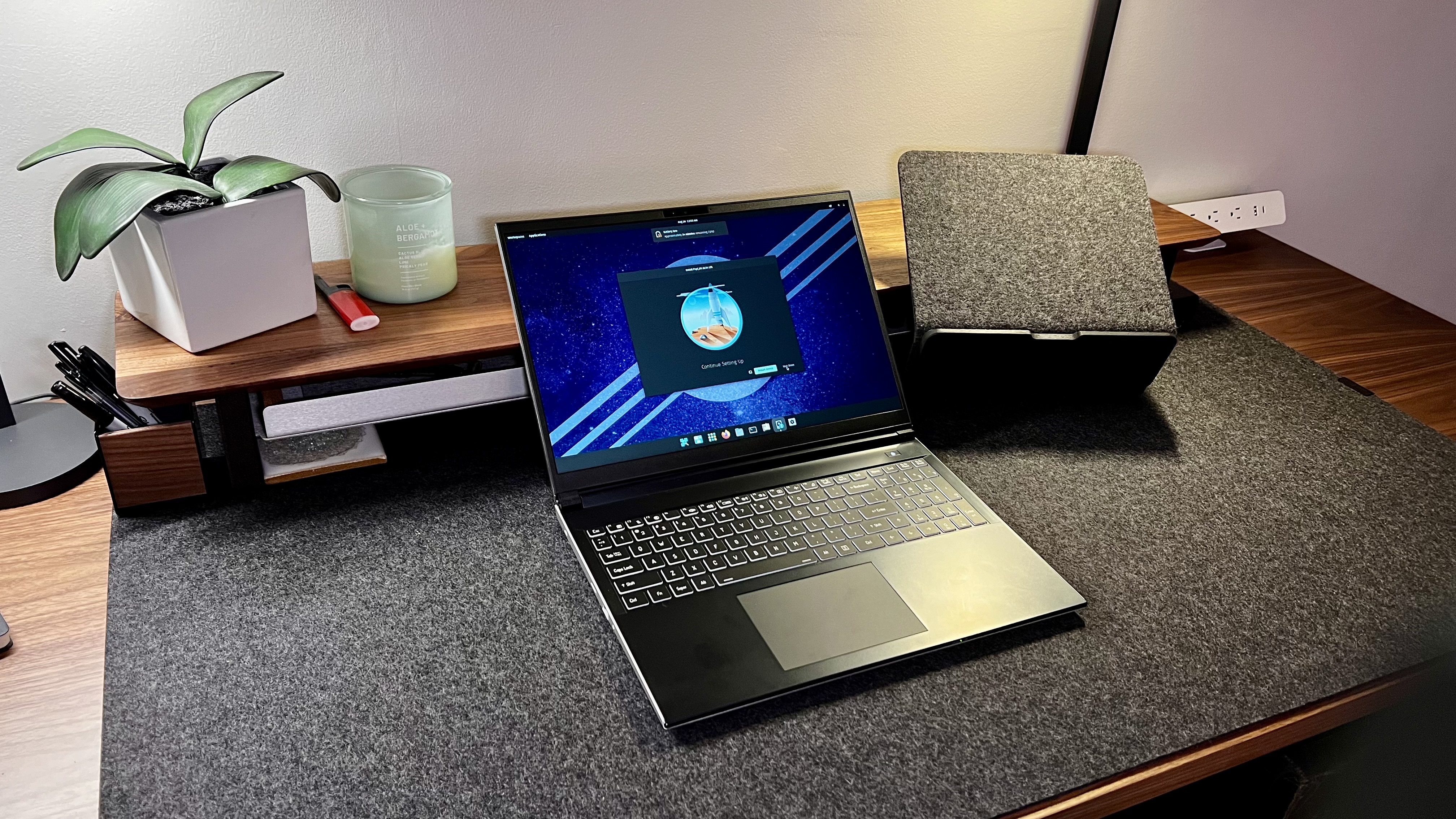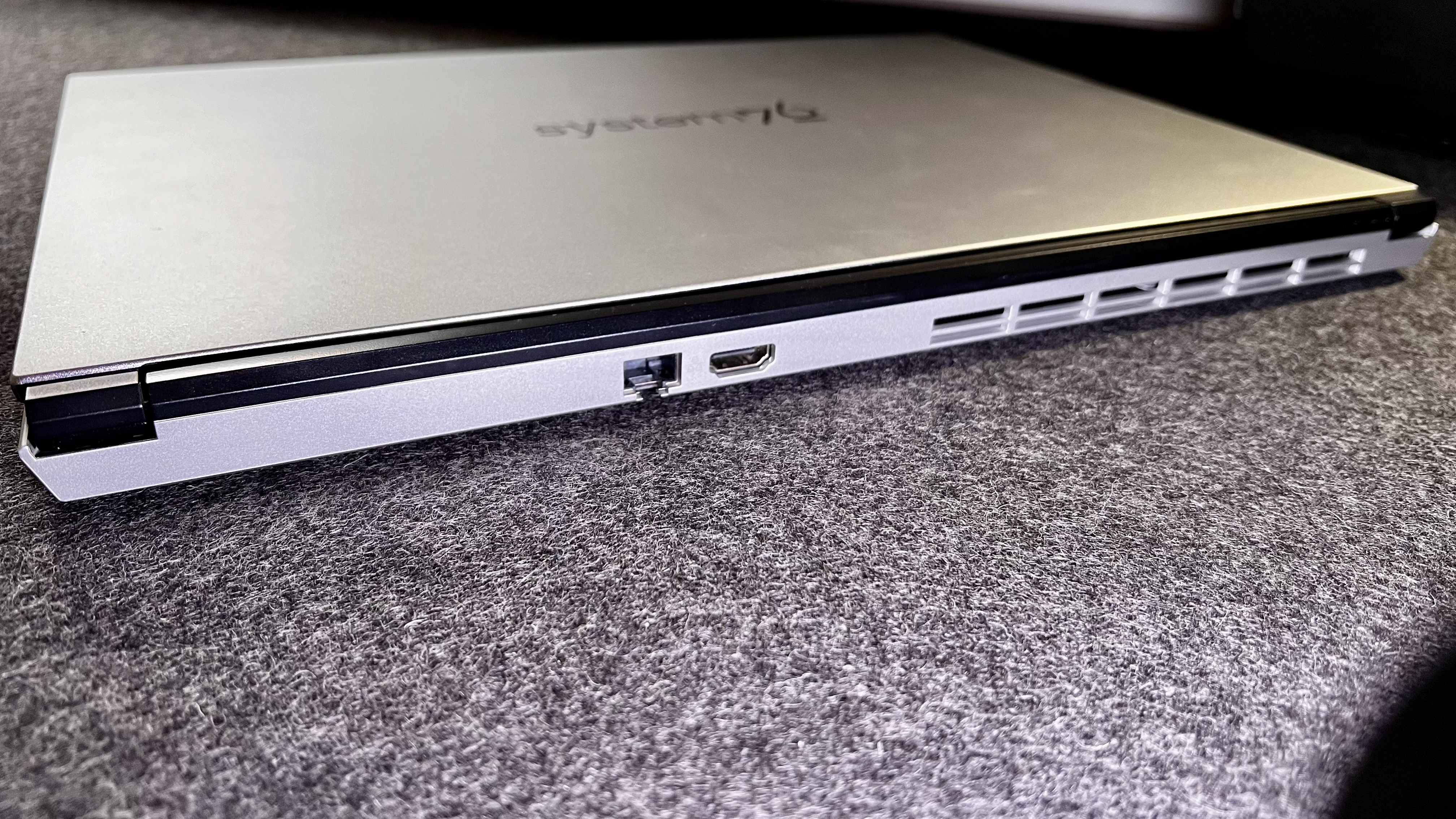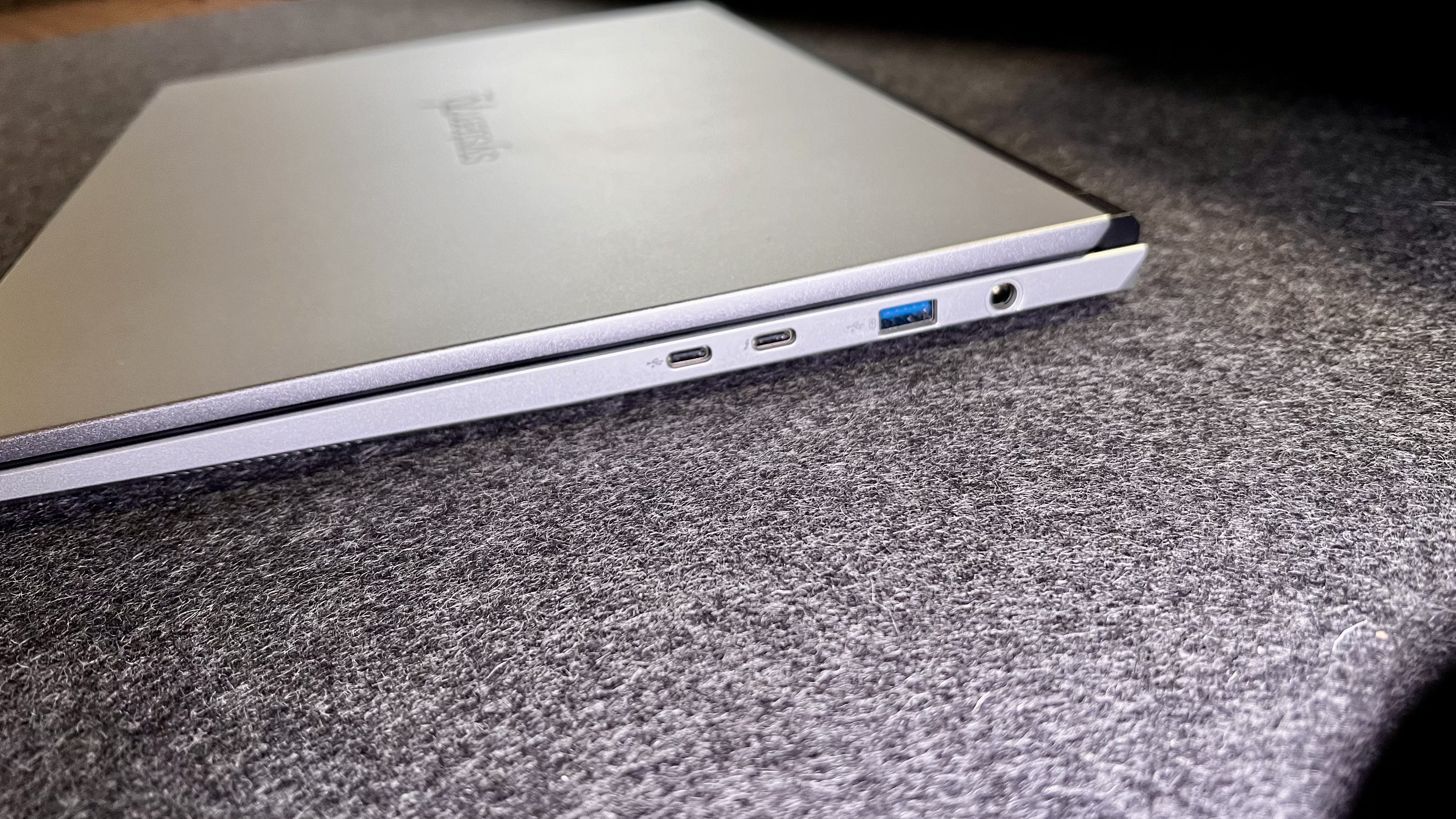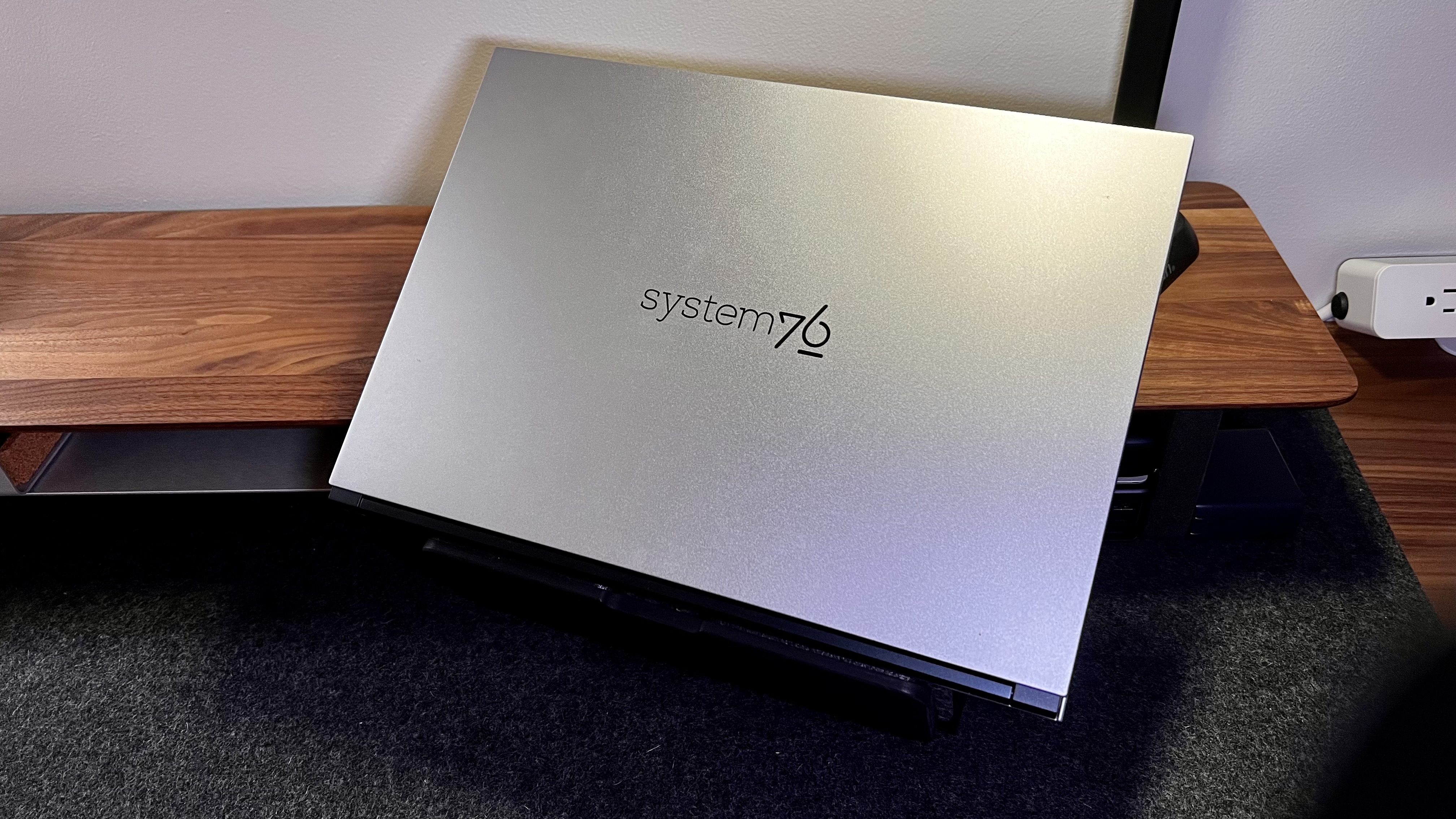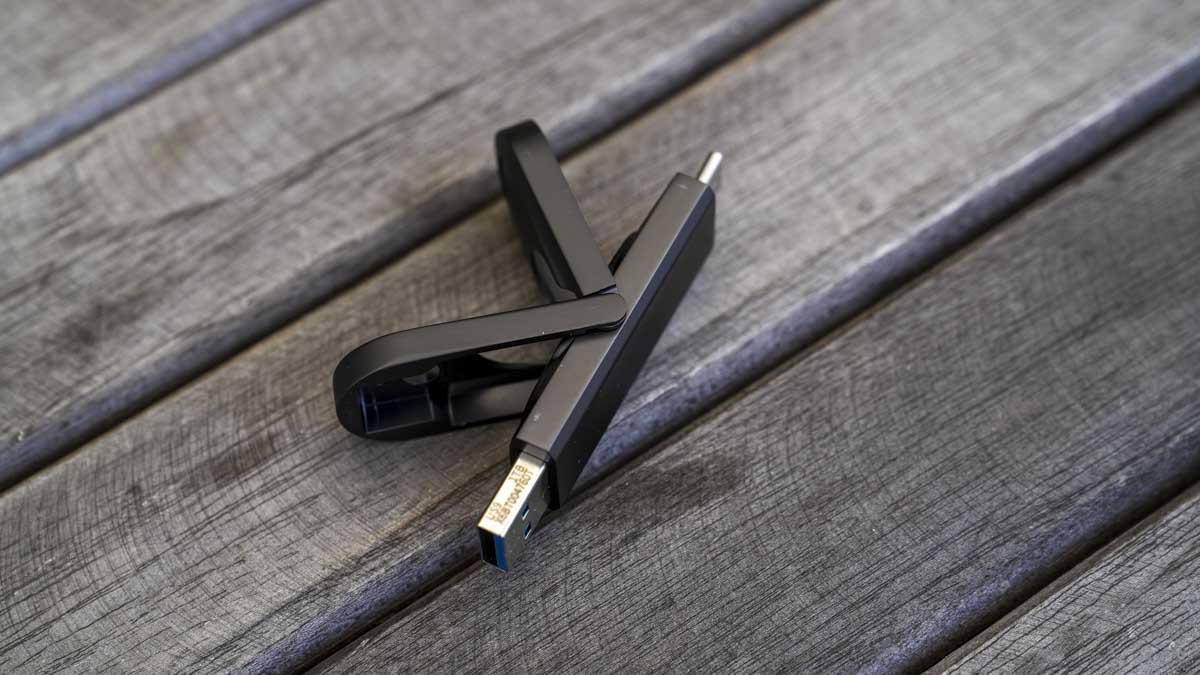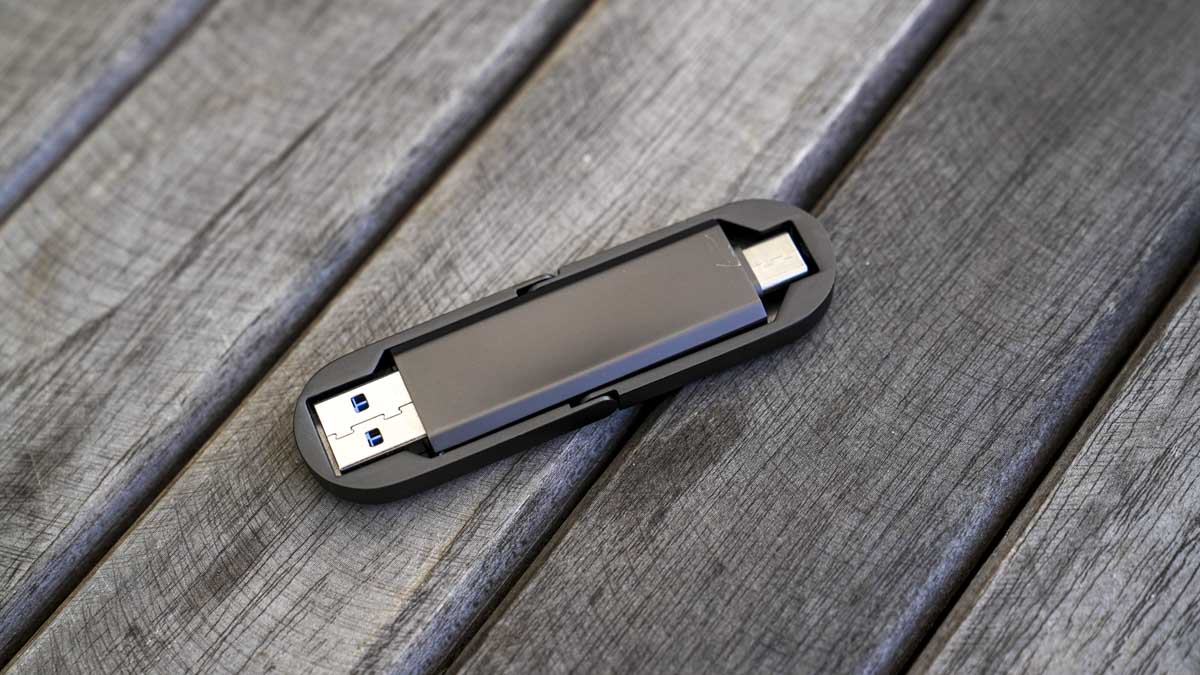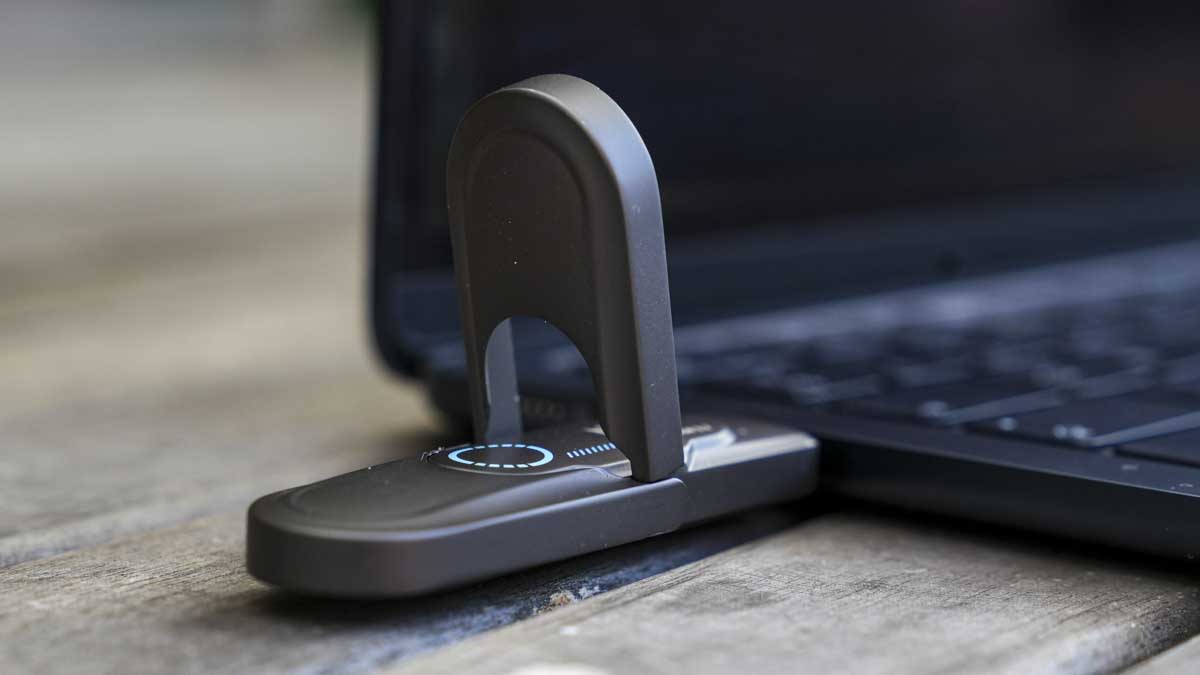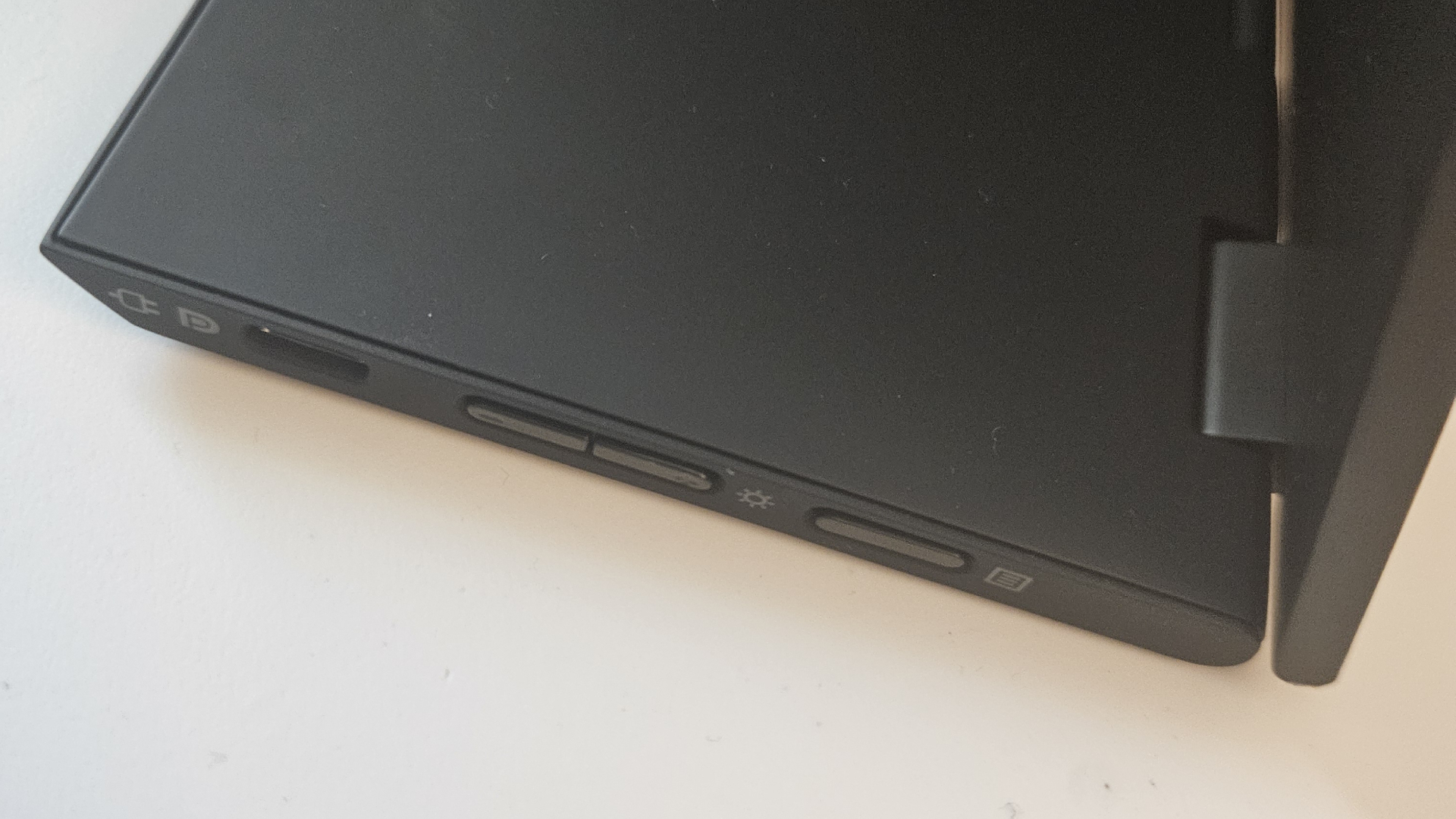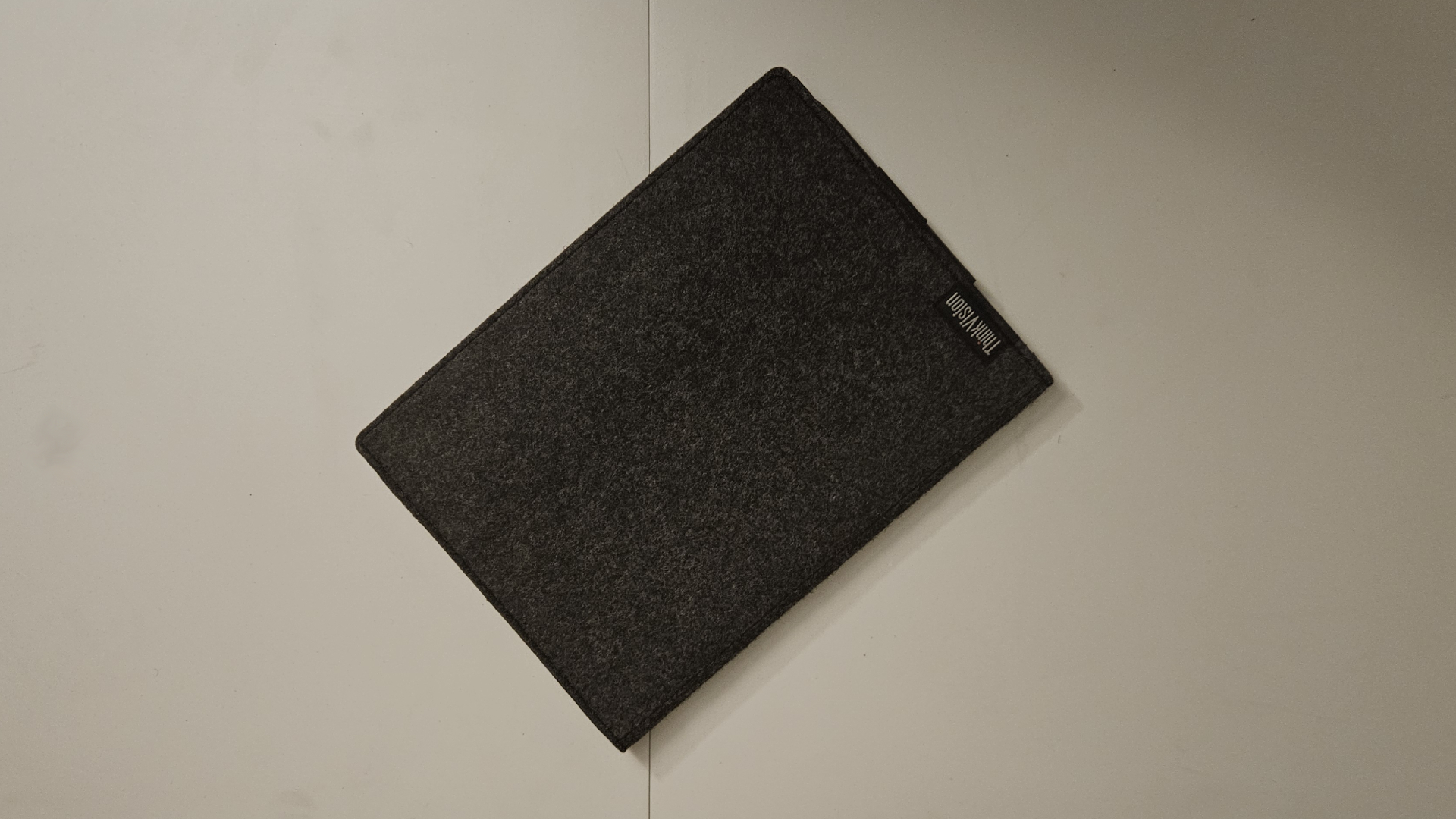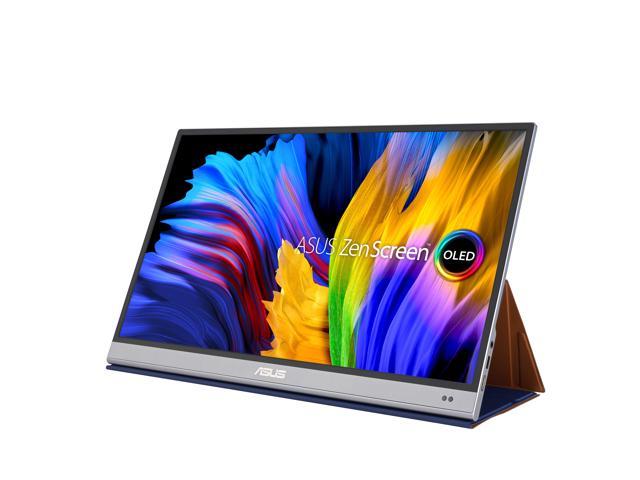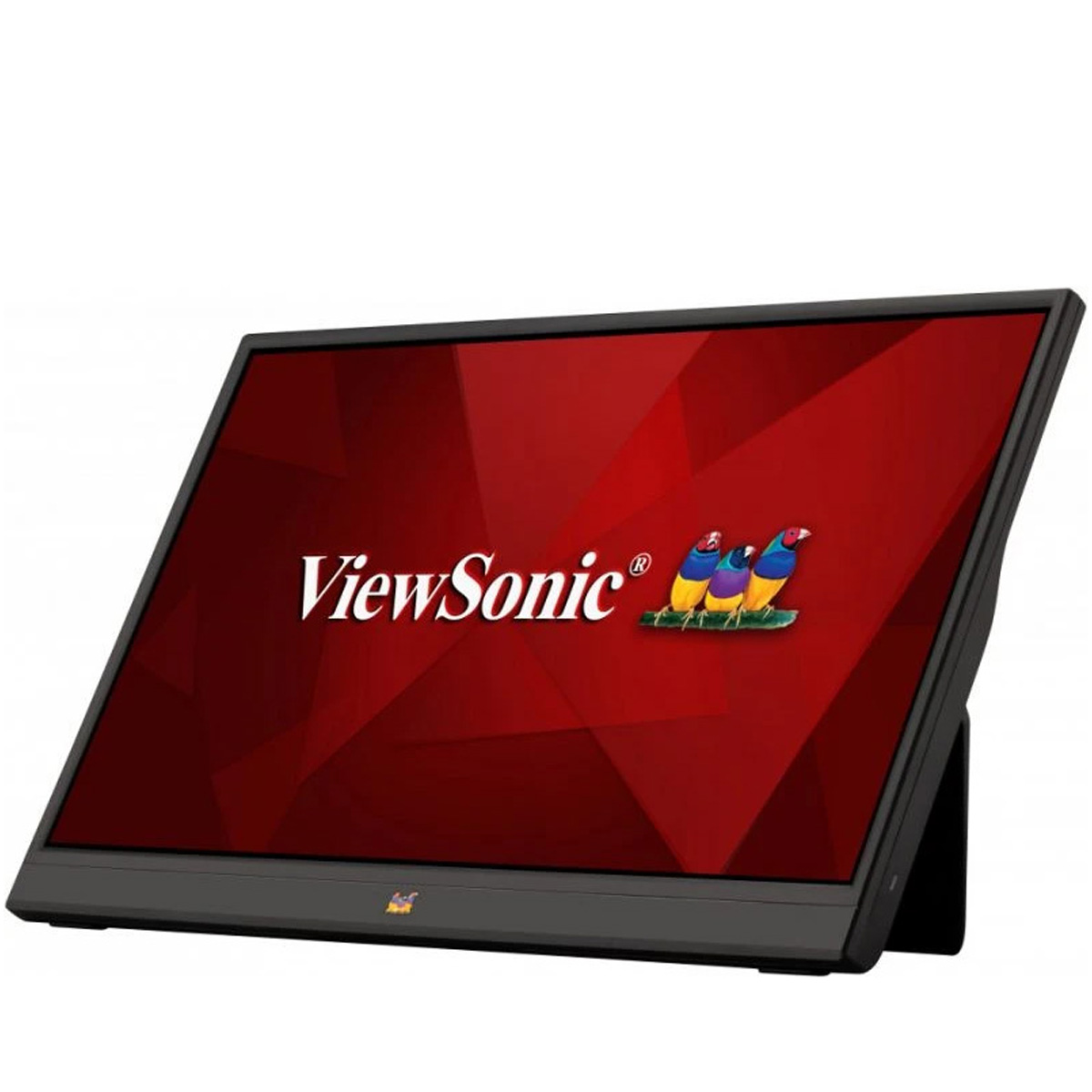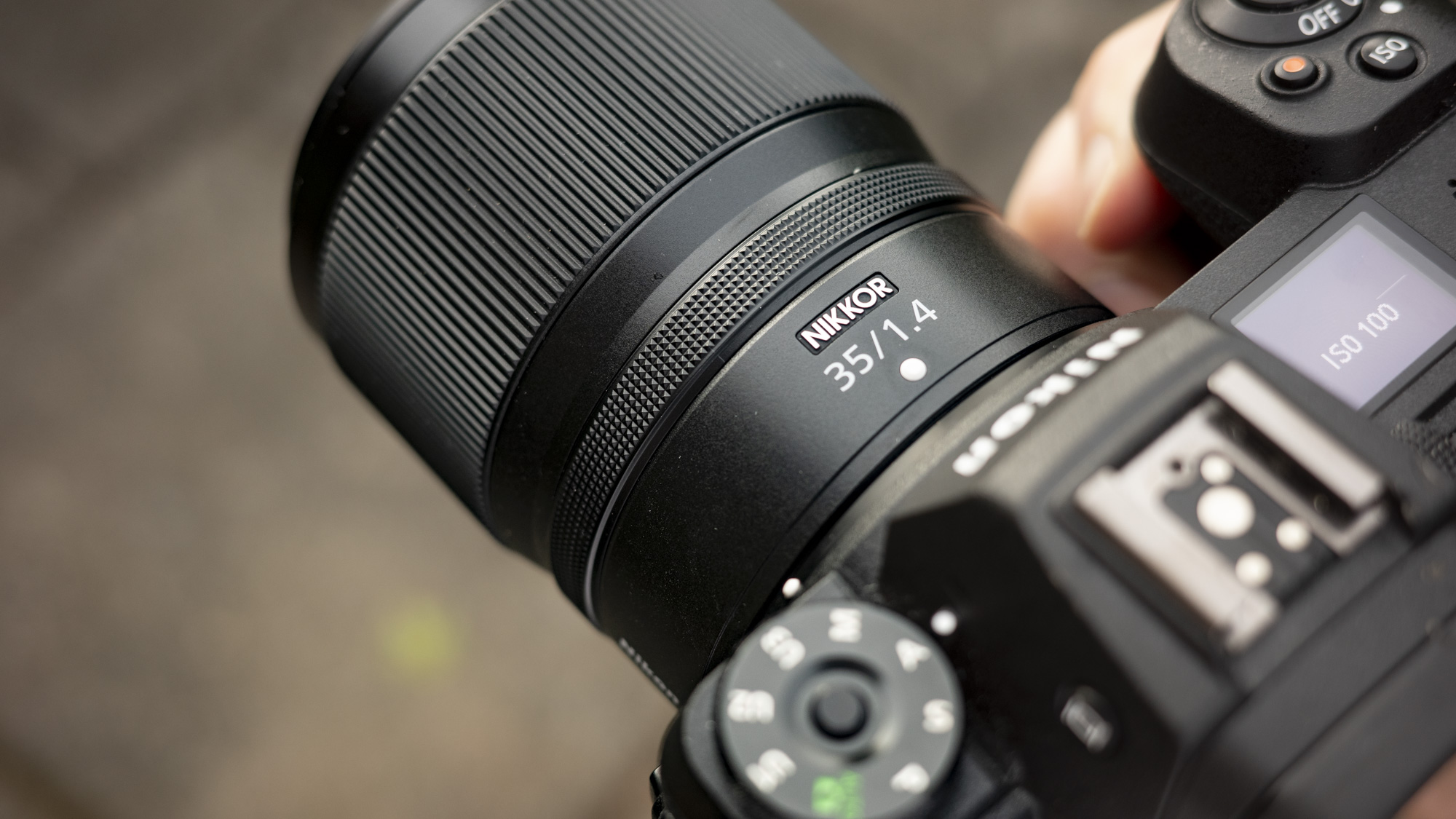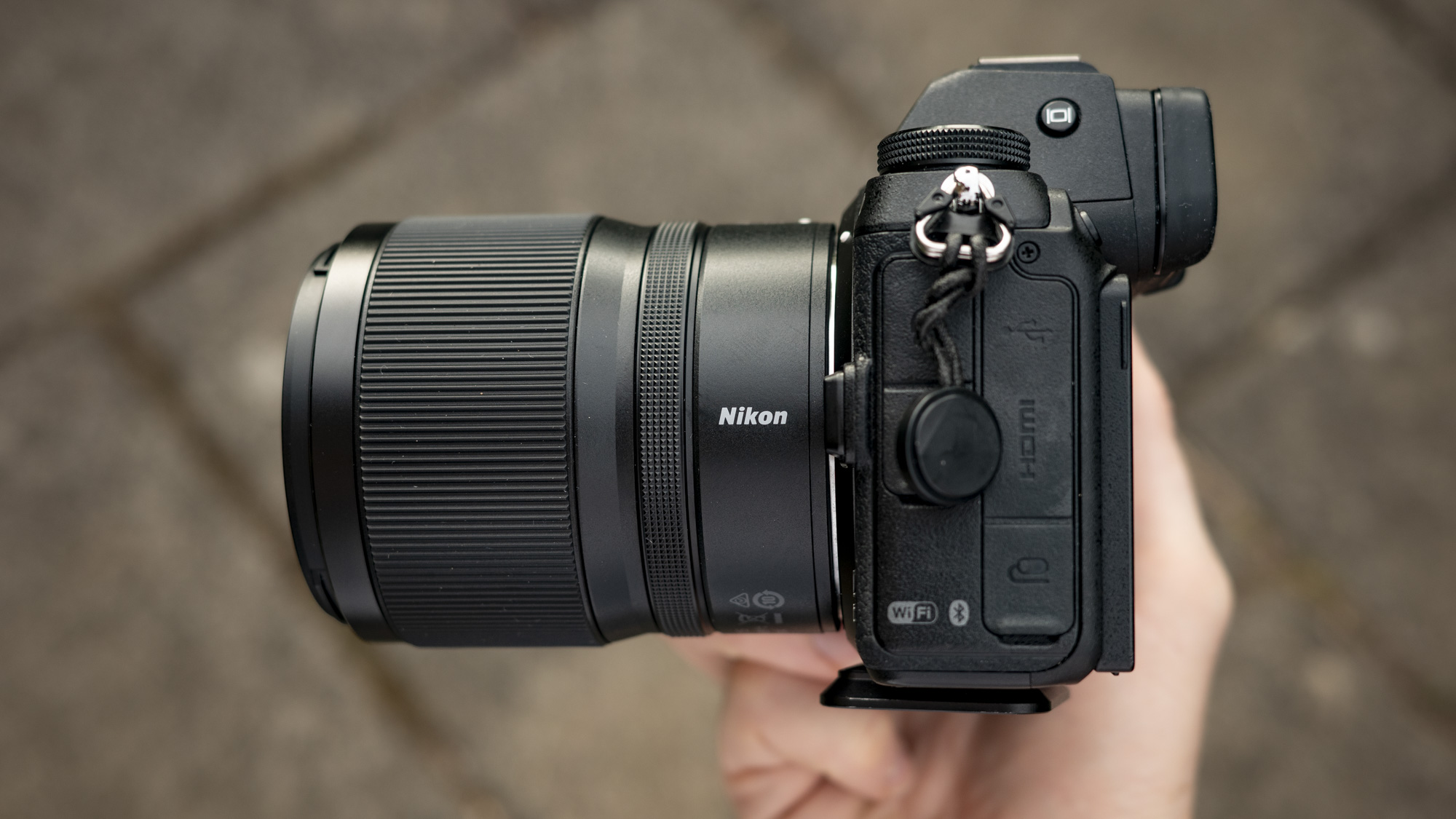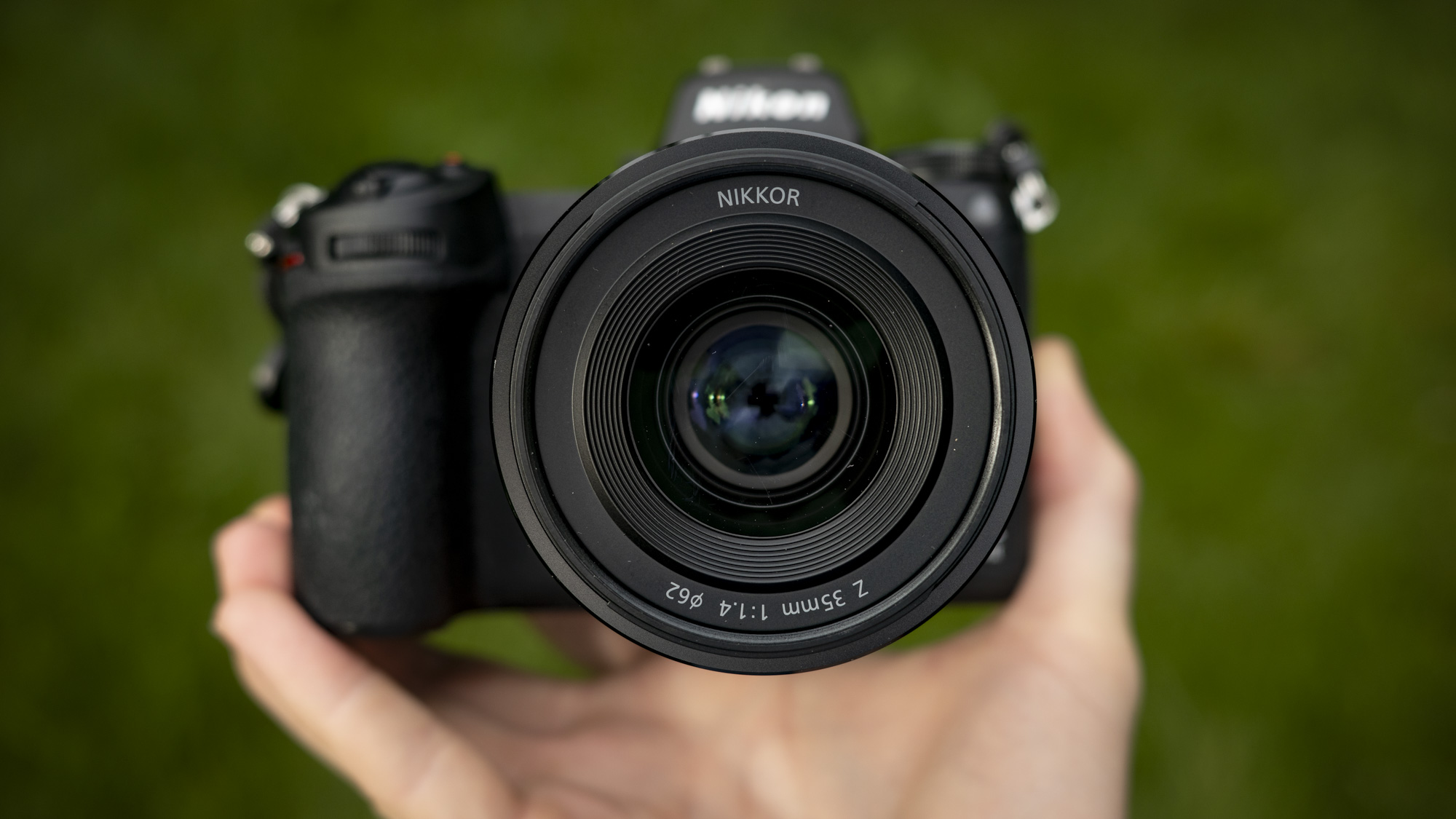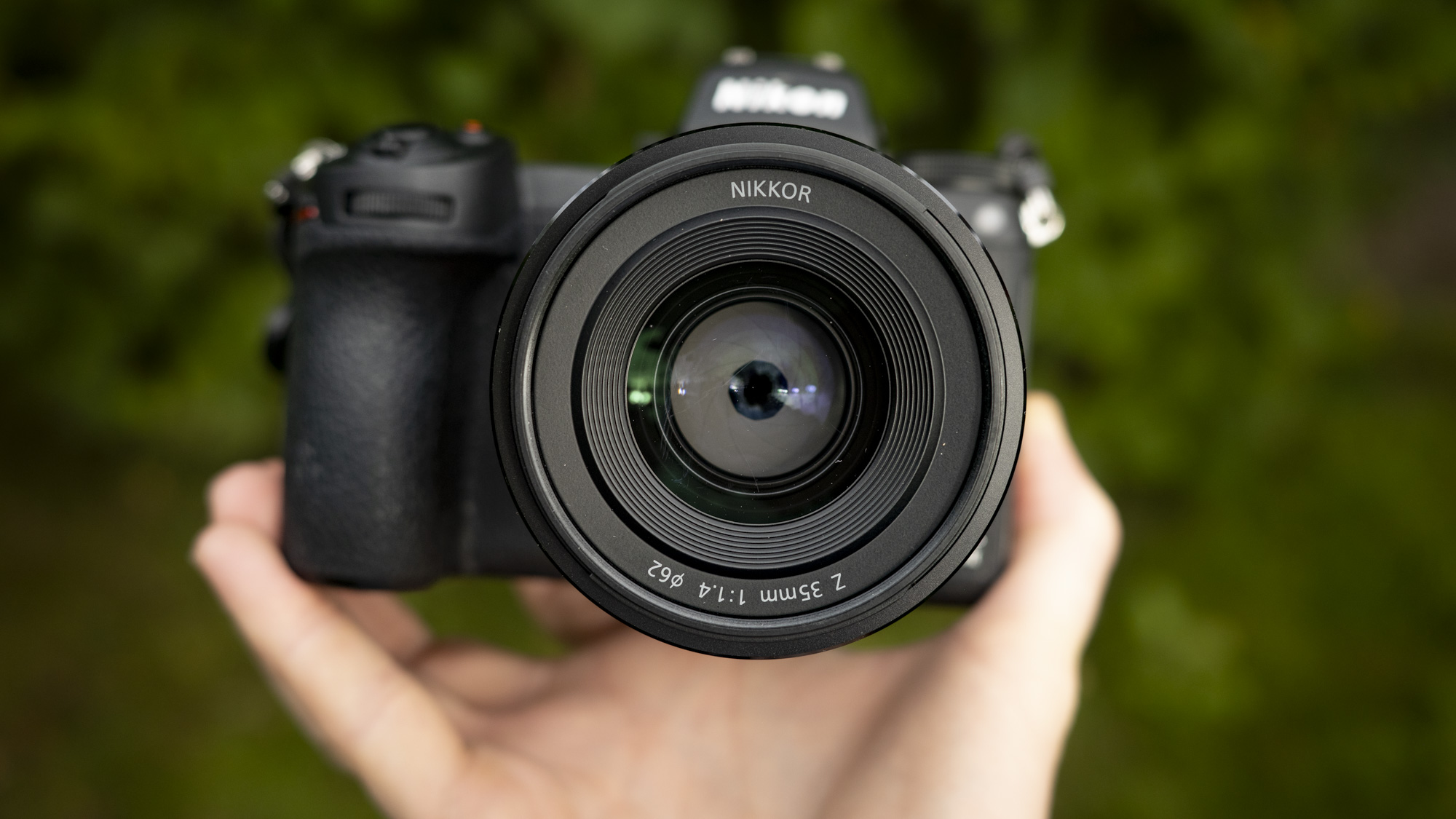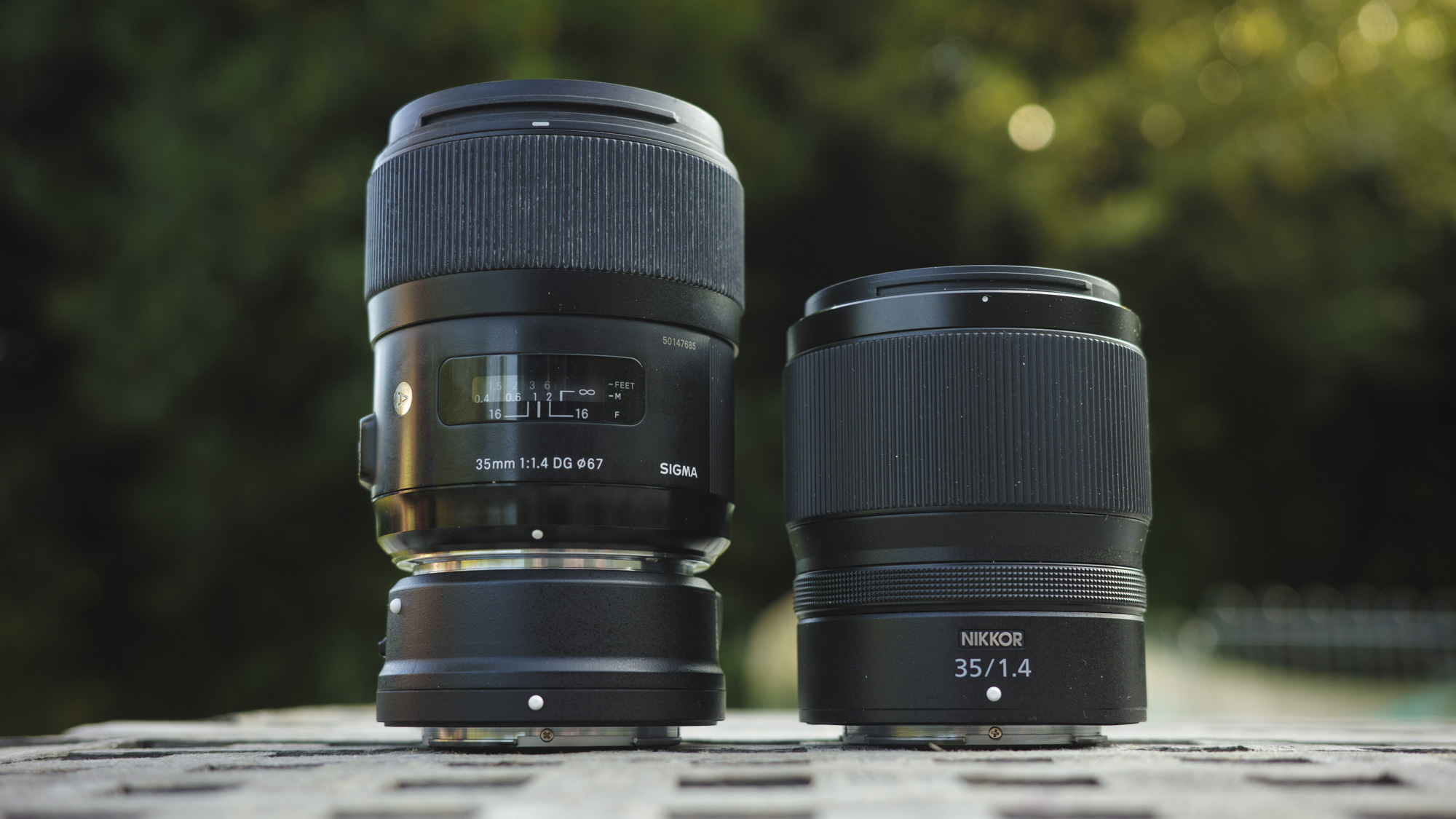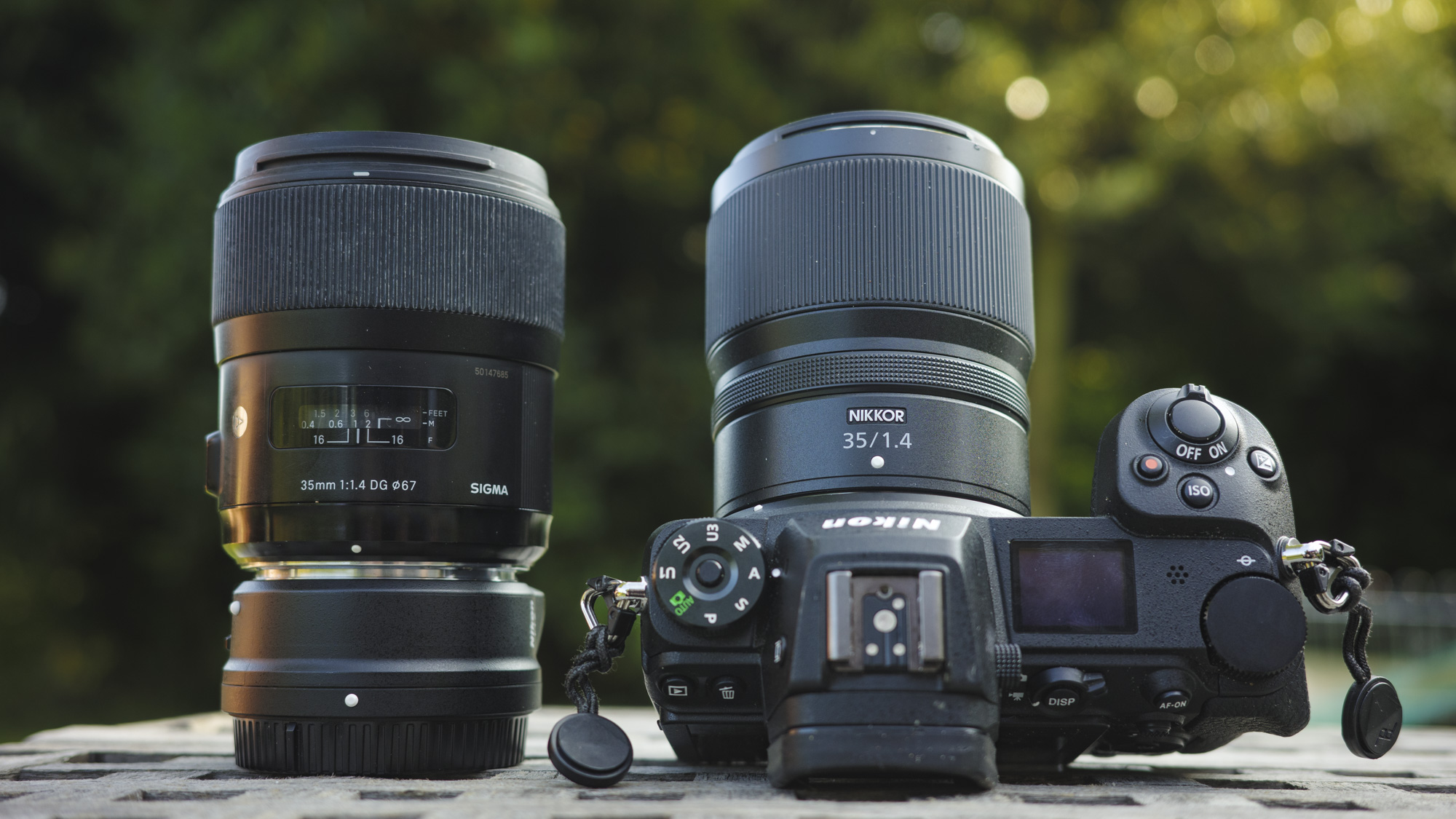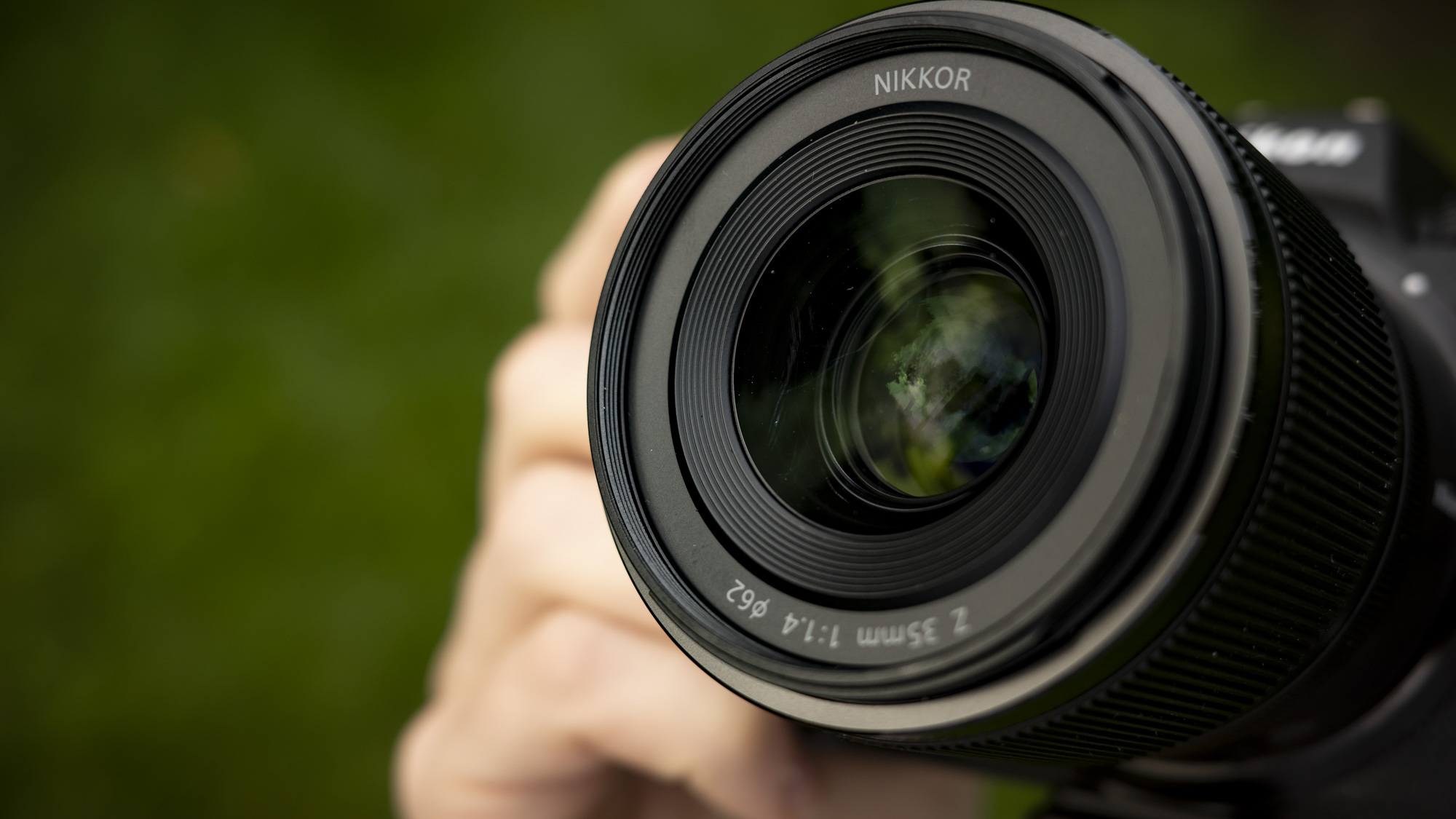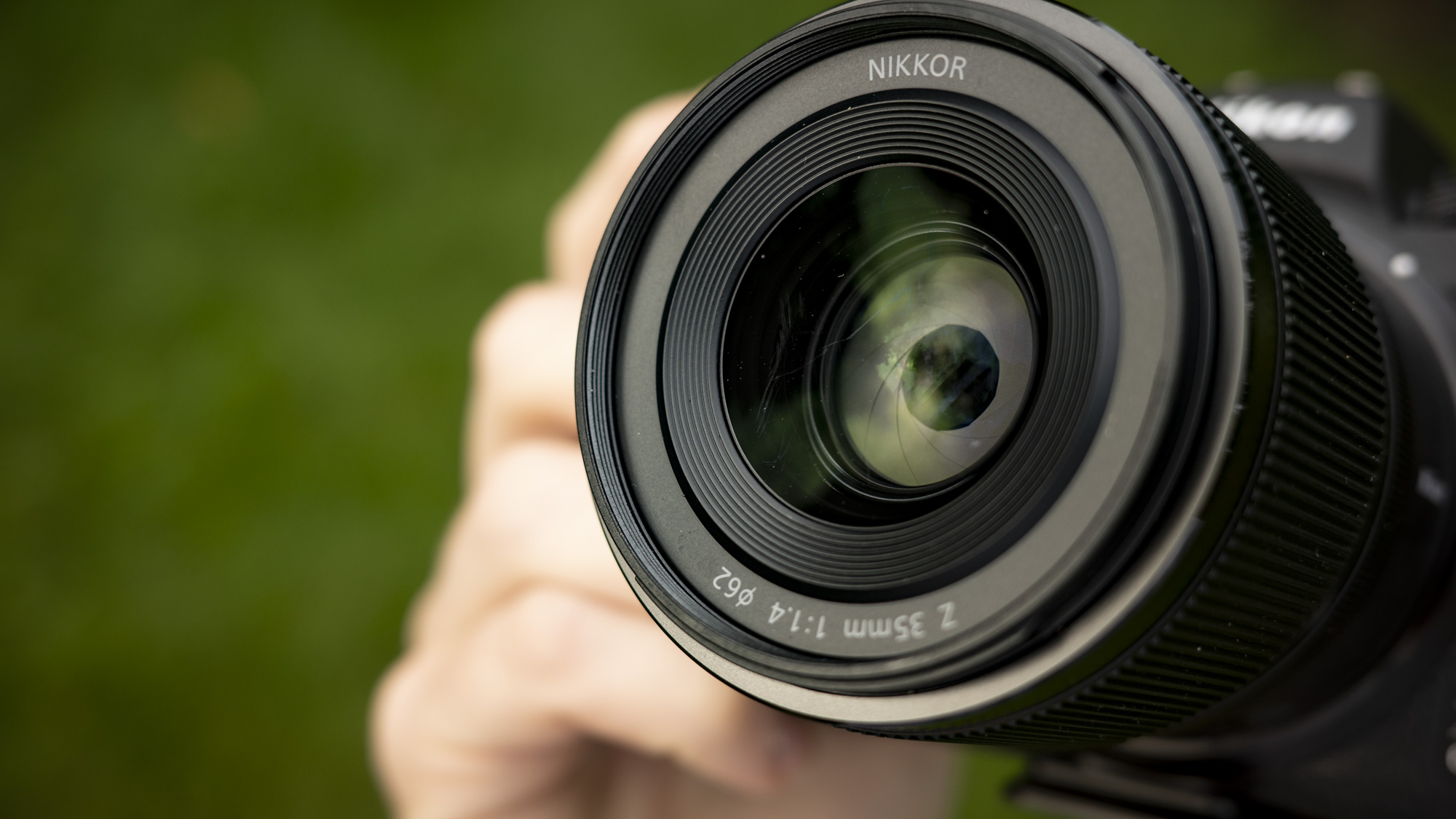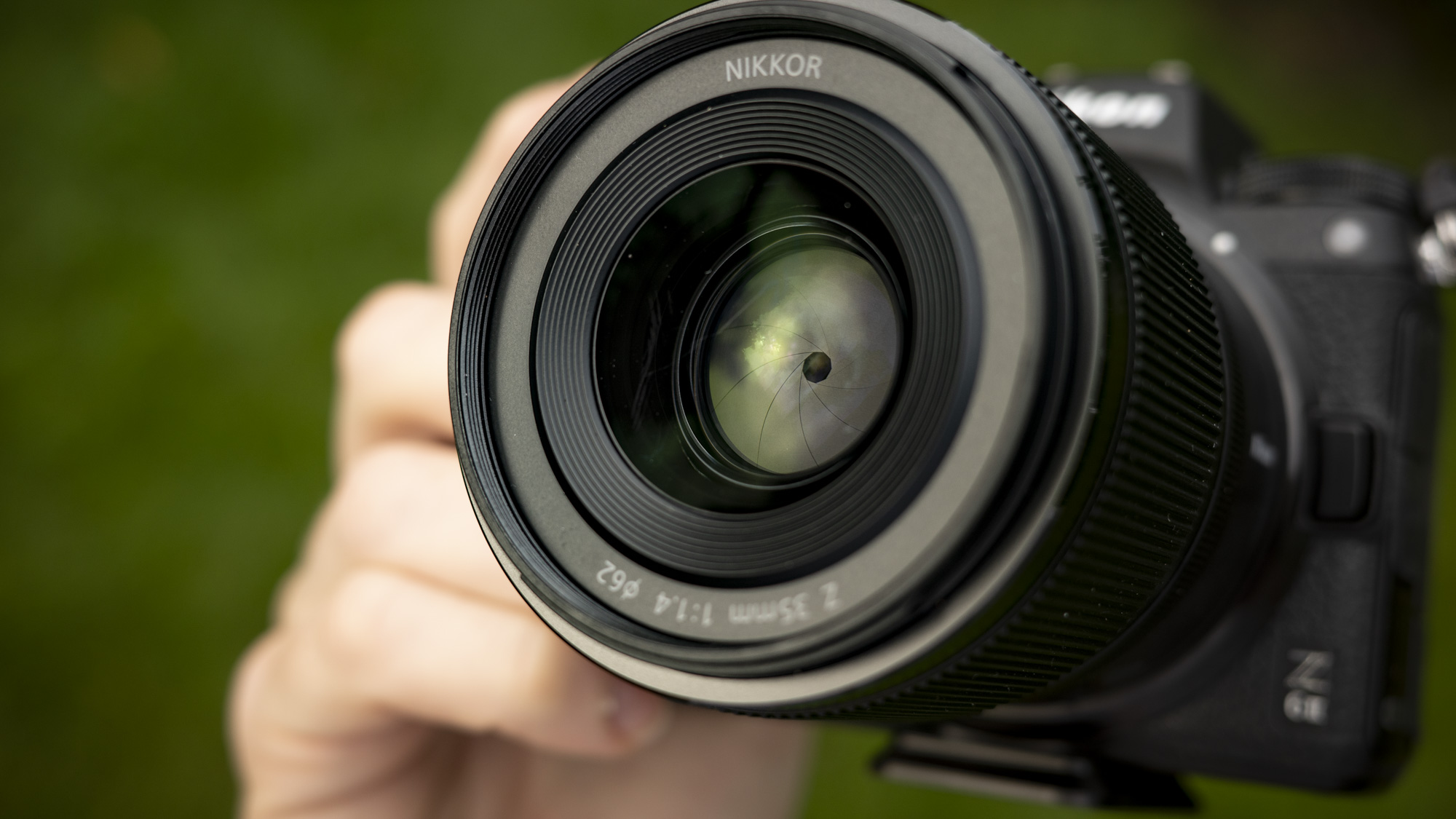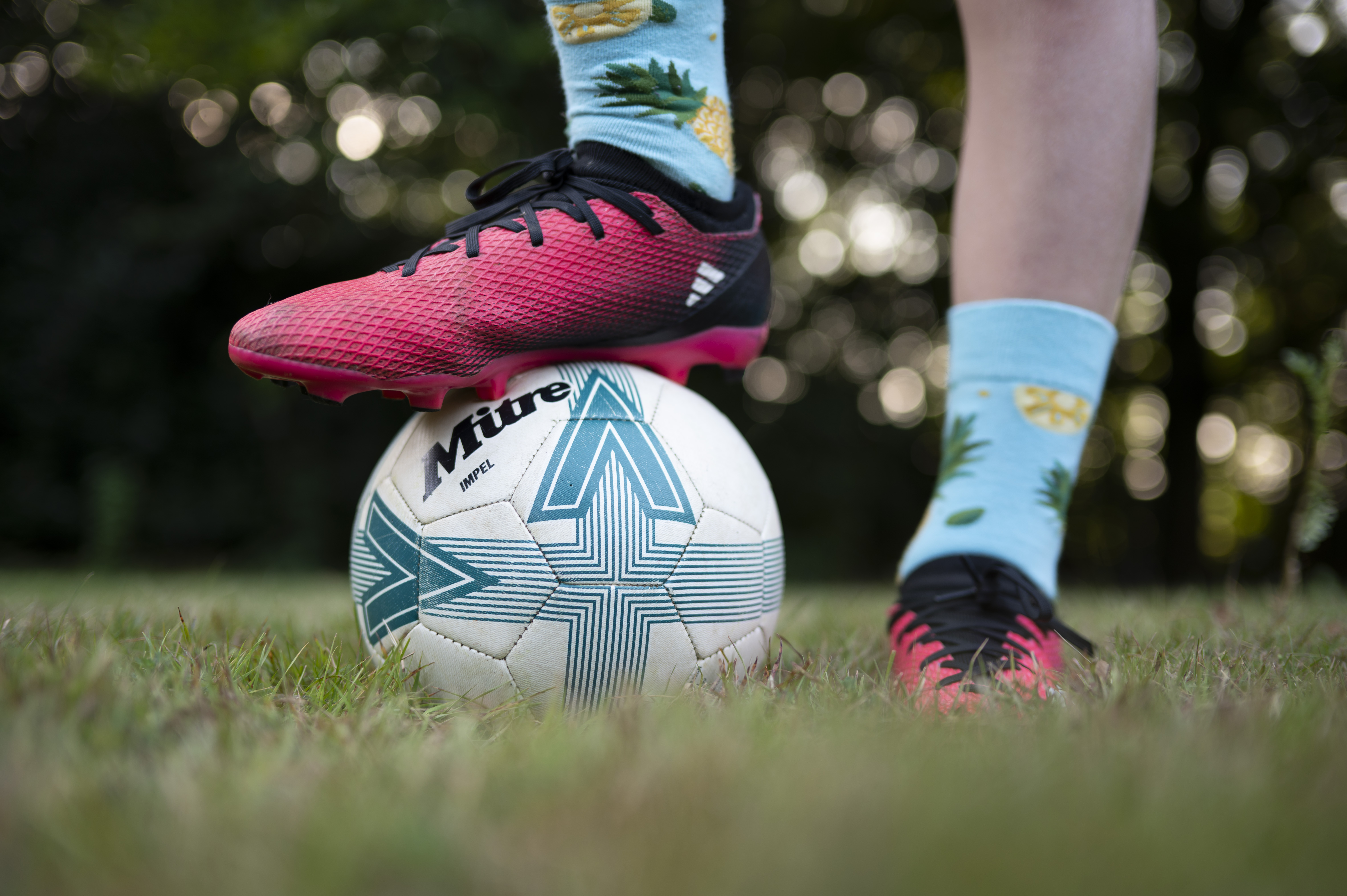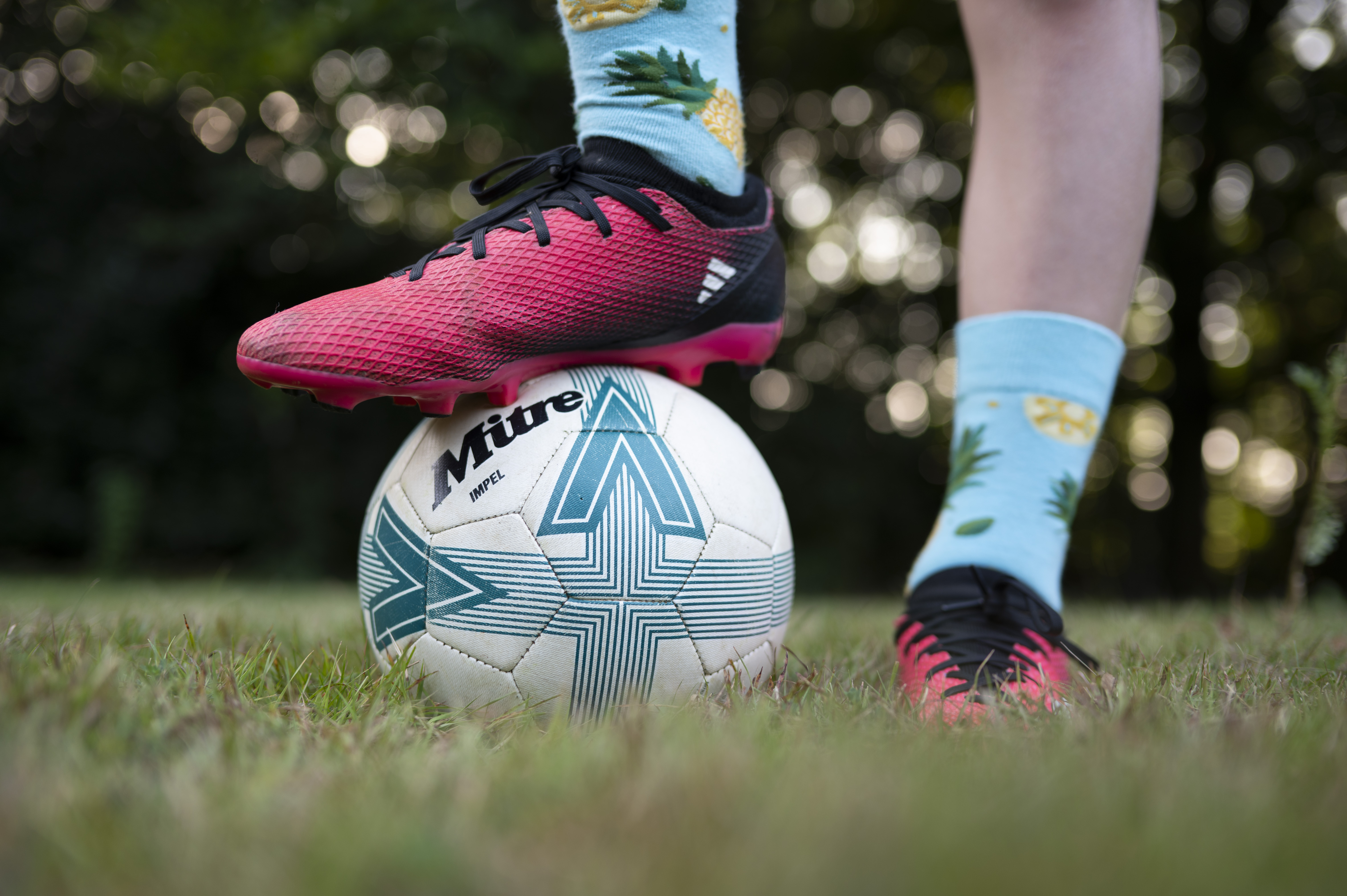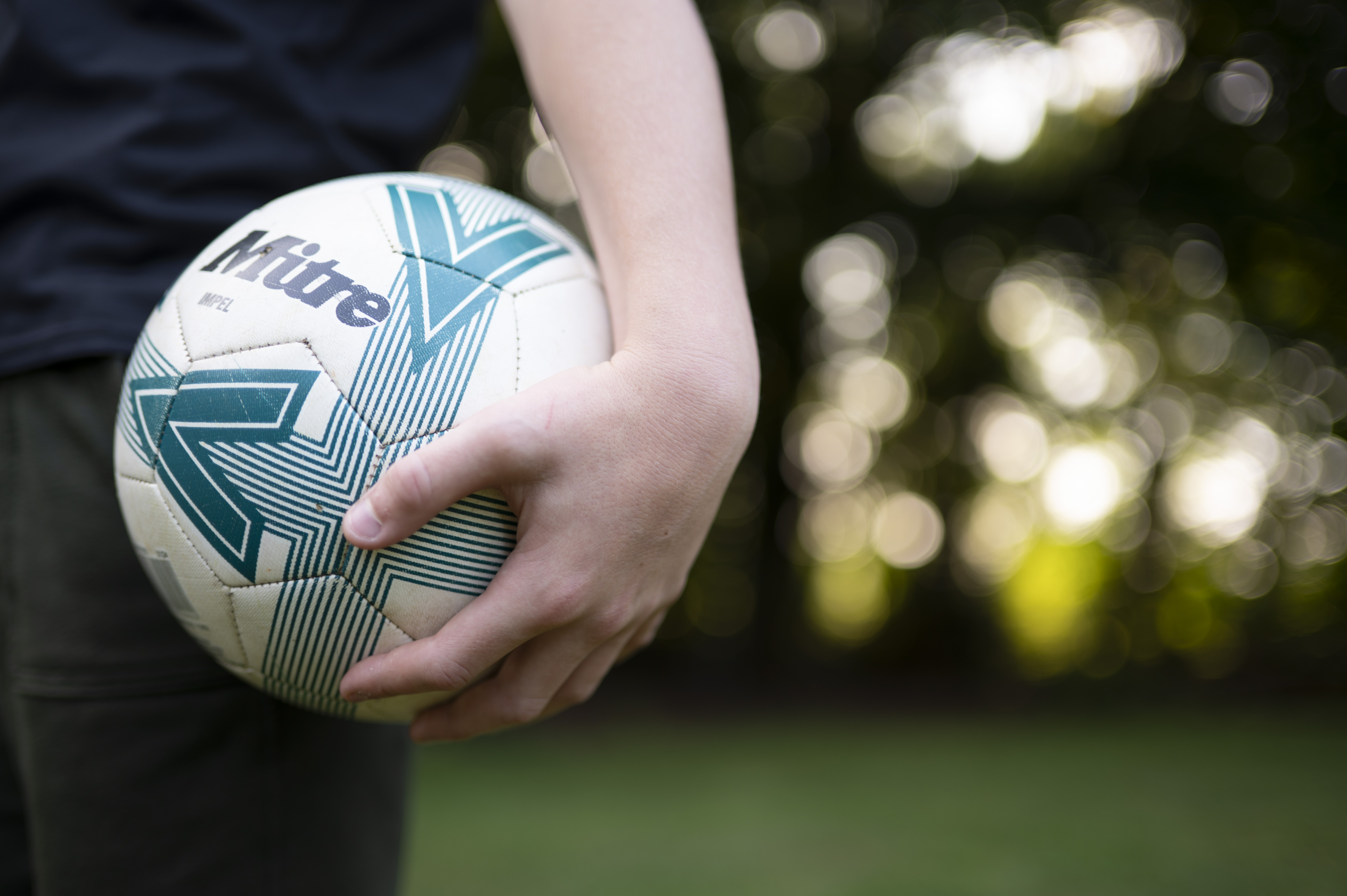Seagate Game Drive M.2 SSD for PS5 review: easy to recommend
Seagate Game Drive M.2 SSD for PS5: One-minute review
If you're looking for one of the best SSDs for PS5, then you can’t go wrong with the Seagate Game Drive M.2 SSD for PS5. This officially licensed drive may look a little plain compared to some of the flashier options out there, like the WD Black SN850 or Samsung 990 Pro, but it still delivers great performance where it counts.
It exceeds the drive specifications recommended by Sony and recorded a solid 6,459 MB/s read speed using the PlayStation 5’s own internal benchmark. In real terms, this means no noticeable decrease in the performance of any of the best PS5 games compared to the console’s internal storage. It also helps facilitate speedy and smooth game transfers and installations.
For added peace of mind, the drive comes with a generous five-year limited warranty out of the box. The PS5 first went on sale in November 2020, so, judging by the lifespan of previous Sony consoles, that half-decade warranty should be enough to see you through the rest of the console generation.
The 1TB model is readily available at a range of retailers and comes in at a good price in both the US and UK. While it’s also easy to recommend the 2TB model in the US, it’s a little harder to find in the UK and can therefore be quite expensive in the region. Still, like other SSDs, the Seagate Game Drive M.2 SSD for PS5 frequently receives excellent discounts around major sales periods, so it's always one to watch out for.
There is also a 4TB model available, which goes for around $389.99 (roughly £328.36) though stock seems incredibly limited. This 4TB model also doesn't seem to be sold at all in the UK right now. This is a real shame, especially when we’re seeing more and more even higher-capacity 8TB drives enter the market such as the new 8TB WD Black SN850P.
With the file sizes of some of the most popular PS5 releases only increasing, those who want to store a larger number of games would be better served by easier-to-find alternatives or even one of the best PS5 external hard drives instead.

Seagate Game Drive M.2 SSD for PS5: Price and availability
- 1TB is $99.99 / £99.90
- 2TB is $159.99 / £159.90
- 4TB is around $389.99
The 1TB Seagate Game Drive M.2 SSD for PS5 for $99.99 / £99.90 while the 2TB model is $159.99 / £159.90. Stock of the 2TB capacity seems quite scarce in the UK, though so it often appears above that price.
While the 1TB drive is a very solid value in both regions, when you bear in mind its officially licensed status, you should certainly avoid purchasing the 2TB model in the UK until it is available at around RRP.
The 4TB variant goes for around $389.99 but is not easy to find and does not appear to be sold in the UK. This is definitely a shame and will be a dealbreaker for those who want to keep many large games, like Call of Duty: Modern Warfare 3 or Horizon Forbidden West, installed at the same time.
Seagate Game Drive M.2 SSD for PS5: Specs
Seagate Game Drive M.2 SSD for PS5: Design and features
Even by PS5 SSD standards, the design of the Seagate Game Drive M.2 SSD for PS5 is definitely on the plain side. It comes fitted with a very boxy heatsink that makes the drive look like a small black rectangle attached to some connector pins. It’s quite a thick heatsink too, though I was pleased to find that I fit in the PS5’s M.2 SSD bay perfectly.
While there are no LEDs present here, the heatsink is decorated with a small blue groove and a white Seagate logo. I can’t deny that I would have appreciated something a little more exciting, but it’s hard to complain when you’re ultimately not going to see the drive when it’s in use anyway.
The retail packaging is good and contains an easy-to-open plastic case with plenty of padding to keep the drive snug and protected on the move - always great to see. The box features prominent PS5 branding, plus some basic information about the drive’s five-year warranty that directs you to the Seagate website.
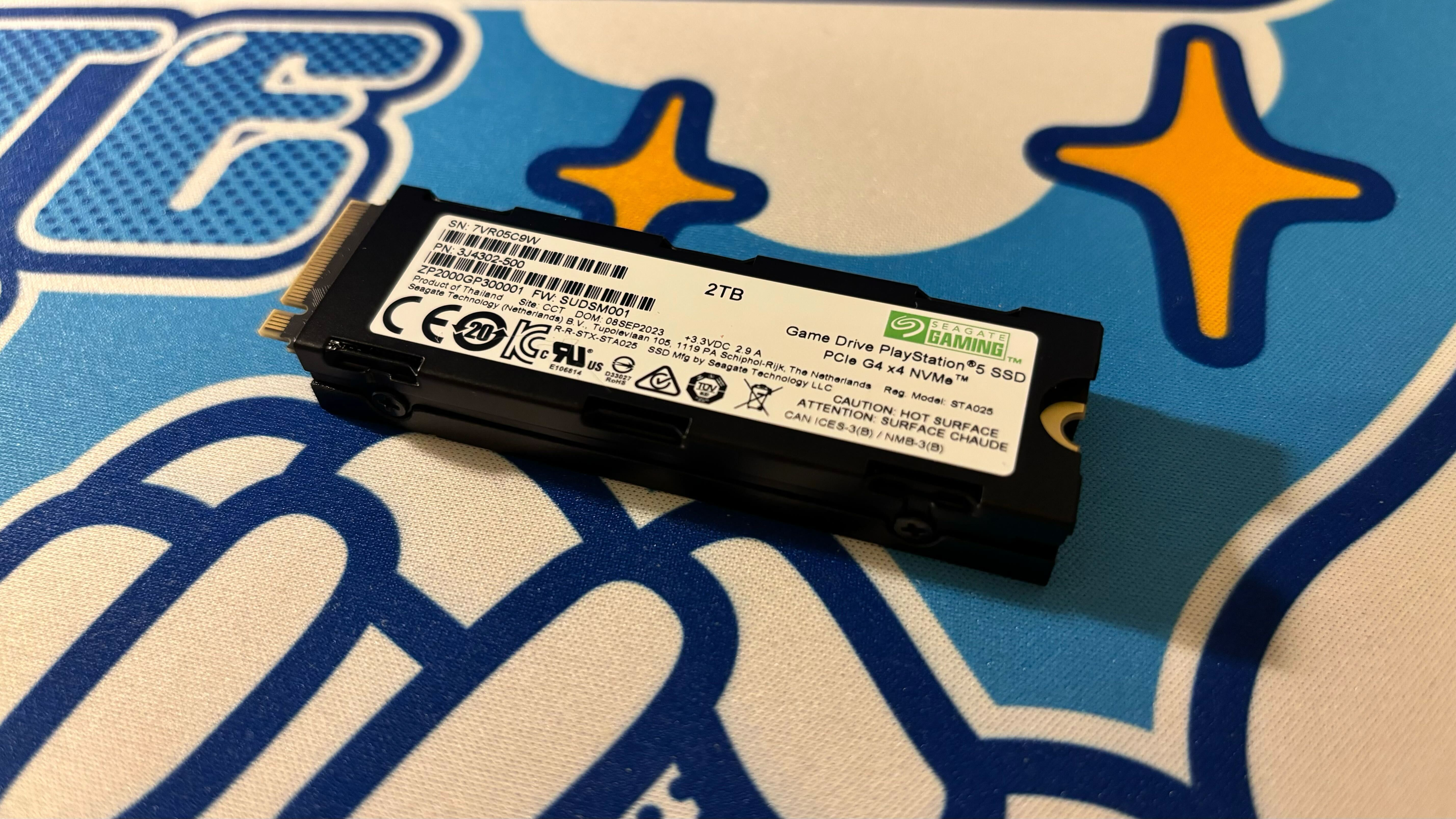
Seagate Game Drive M.2 SSD for PS5: Performance
The performance of the Seagate Game Drive M.2 SSD for PS5 isn’t groundbreaking by any means, but still very good on the whole. It reached a 6,459 MB/s read speed with the internal PS5 SSD benchmark and performed well on a range of real-world file transfer tests.
Copying a 55.86GB installation of Zenless Zone Zero from internal storage took just 24 seconds while 50.49GB of Star Wars Outlaws was moved in just 21.5 seconds. Similar performance was observed with larger games, like the 100.1GB Final Fantasy 16 which was copied in only 43 seconds.
Transferring smaller titles was also a breeze. The 30.71GB Alone in the Dark remake was fully copied in just 14.8 seconds and the 9.92GB Asphalt Legends Unite took only 6 seconds. Finally, the miniscule 1.65GB Angry Birds Star Wars was fully copied in 1 second. Jumping into all of these games, loading times were snappy and on par with those when playing from the PS5’s internal storage. These figures are only slightly behind the times that I recorded on the high-end Samsung 990 Pro, so great results overall.
I also did not observe any major performance decrease over periods of extended use. The drive was able to copy multiple large games without breaking a sweat, which suggests that the included heatsink works effectively.

Should I buy the Seagate Game Drive M.2 SSD for PS5?
Buy it if...
You want an officially licensed drive
You can’t go wrong with an officially licensed PS5 SSD. The Seagate Game Drive M.2 SSD for PS5 is within the specification recommended by Sony, includes a heatsink out of the box, and fits easily in the console.
You want a 1TB PS5 SSD
The 1TB model of the Seagate Game Drive M.2 SSD for PS5 is widely available and comes in at a very reasonable price. If you’re searching for a 1TB drive for your console, then this is definitely one to keep in mind.
Don't buy it if...
You need a 4TB drive
While there is a 4TB model of the Seagate Game Drive M.2 SSD for PS5, it is hard to find. You should consider other more readily available options if you would prefer or need a 4TB SSD.
Also consider...
If you’re not sold on the Seagate Game Drive M.2 SSD for PS5, then consider these two compelling alternatives.
Samsung 990 Pro
The Samsung 990 Pro is the PS5 SSD to beat. It has a great design and boasts blazing fast speeds. Just bear in mind that it is more expensive than the Seagate Game Drive M.2 SSD for PS5.
For more information, check out our full Samsung 990 Pro review
WD Black SN850
The WD Black SN850 is an older model that is slower than the Seagate Game Drive M.2 SSD for PS5. Still, it’s within the recommended spec and could be a good alternative if you find it on sale.
For more information, check out our full WD Black SN850 review.
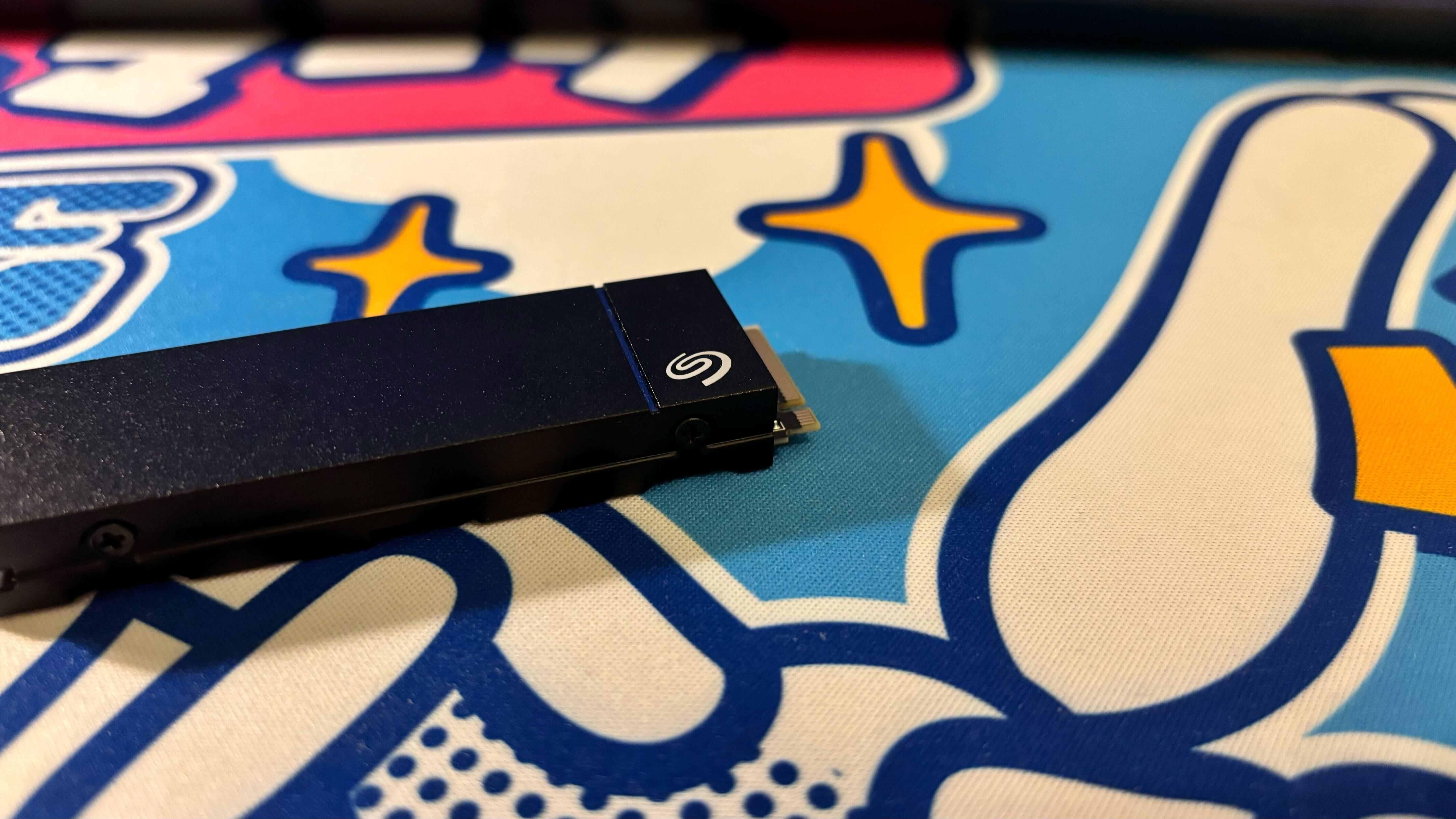
How I tested the Seagate Game Drive M.2 SSD for PS5
- Fitted to my personal PS5
- Used to store and transfer games
- Used in-built PS5 benchmark
I tested the Seagate Game Drive M.2 SSD for PS5 for a week, fitting it to my personal PS5 console and spending a day running a wide variety of tests. I recorded the data from the in-built PS5 storage benchmark, plus copied a wide variety of games to the drive. I was careful to test the drive with a good range of different file sizes in order to assess its performance.
Throughout my time with the drive, I compared the experience and its design to my hands-on testing of other PS5 SSD drives. This included the Samsung 990 Pro, WD Black SN850, WD Black SN850P, and more.
First reviewed August 2024.
